Animal Facts
Bison history
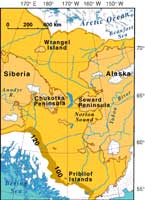 Science tells us that during the Ice Ages, seawater froze into sheets of ice and glaciers, and sea-beds became dry land in many places. Then when the ice melted, sea levels rose again. This cycle may have happened three times.
Science tells us that during the Ice Ages, seawater froze into sheets of ice and glaciers, and sea-beds became dry land in many places. Then when the ice melted, sea levels rose again. This cycle may have happened three times.
When the seas froze the narrow stretch of water between Siberia and Alaska, called the Bering Strait, became dry land. This was the Bering land bridge, or Beringia.
Over time many large animals moved south over this land bridge, including giant beavers, wooly mammoths, saber tooth cats and giant bison. These may have been the steppe bison. They were much bigger than the American bison we know today, and they had much longer horns.
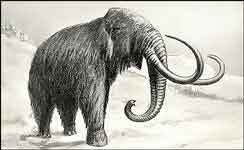
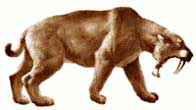
Scientists have found steppe bison fossils that are more than 100,000 years old. The first people may have hunted these bison and other large animals 25,000 to 40,000 years ago.
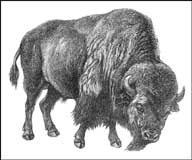 The American bison is different to the steppe bison, and probably also came across the Bering land bridge, about 10,000 years ago.
The American bison is different to the steppe bison, and probably also came across the Bering land bridge, about 10,000 years ago.
Back then miles and miles of grasslands stretched from Alaska down to northern Mexico and bison herds roamed around, eating the grass in an area and then moving on.
The long-horned steppe bison became extinct, but the number of American bison grew quickly. Scientists think there were 500 to 500,000 animals in a herd, and 30 to 70 million bison in total on the grasslands.
Native American people and bison
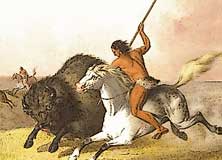 Bison have always been very important to Native American people who hunted them for food and used their skins for clothes.
Bison have always been very important to Native American people who hunted them for food and used their skins for clothes.
They wasted nothing and used all the parts of the animal to make many different things, like tools and jewellery.
The animals were also important for them in how they saw their world and the place of animals, plants and people within it.
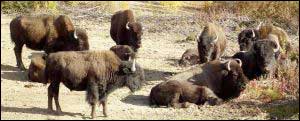 The Native Americans and the bison herds lived in this way for 10,000 years until European soldiers and settlers arrived about 200 years ago.
The Native Americans and the bison herds lived in this way for 10,000 years until European soldiers and settlers arrived about 200 years ago.


